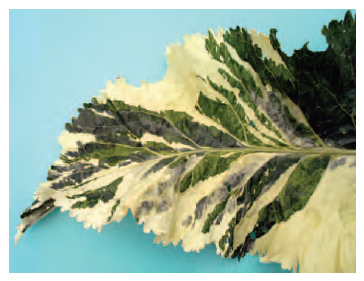Mutations
Content
Recombinant DNA technology For the plant breeder it has historically been difficult to predict whether the progeny from a breeding programme would show the desired characteristics. The term recombinant DNA technology refers to a modern method of breeding that enables novel sources of DNA to be integrated with greater certainty into a plant’s existing genotype. Two new techniques have appeared in the last few years that have enabled this major shift in breeding practice. The first technique is marker-assisted breeding. Breeders are now able to analyze chromosome material and establish what DNA sequence is present on the chromosome. Some plant characters such as disease resistance are hard to evaluate in newly bred plants, as infection may be difficult to achieve under test conditions. Since the breeders are now able to recognize the chromosome DNA sequence for plant resistance, they can apply this knowledge by analyzing newly bred plants for this desirable character. Whilst resistance to a disease may be complex, involving several genes acting together, the marker-assisted technique has proved a powerful form of assistance in this area. The second technique is genetic modification (now known as GM), or genetic engineering. By this method, genes derived from other plant species can be incorporated into the species in question. The commonest technique involves the bacterium Agrobacterium tumifasciens. This organism causes crown gall disease on plants such as apple. The bacterium contains a circular piece of DNA (plasmid) that on entering plant cells can integrate its DNA into that of the infected plant cell. Breeders are able to develop strains of A. tumifasciens in large numbers. The new strains can be induced to accept, in their plastids, a desirable gene taken from other variants of the same plant species, or taken from other species. Wounded plants infected by a bacterial strain begin to multiply the newly acquired gene by integrating it into the cells of the plant. Tissues developing around the point of infection can then be used for micro-propagation of the new genetically-modified cultivar. Confirmation of successful genetic change can be achieved most easily when the newly introduced gene is already linked in the bacterial plasmid by a marker gene. Two common kinds of marker were used initially, resistance to an antibiotic and resistance to a herbicide. In this way, the breeder was able to test whether incorporation of a desirable new character was successful by exposing it to the antibiotic or herbicide concerned. Alternative methods to the use of antibiotic markers have been sought. There seems little doubt that major advances in the quantity and quality of horticultural crops could follow GM methods of breeding. However, there are fears that such methods could result in deterioration of food quality or pose a threat to the environment. |





